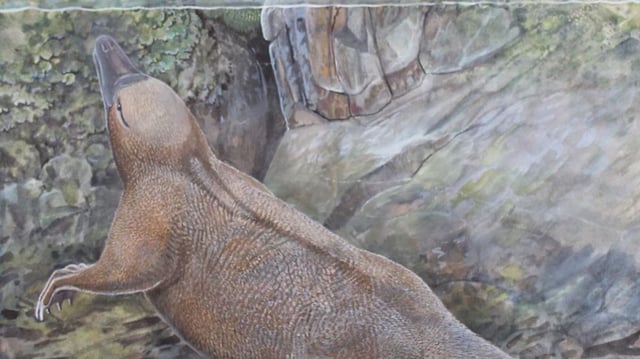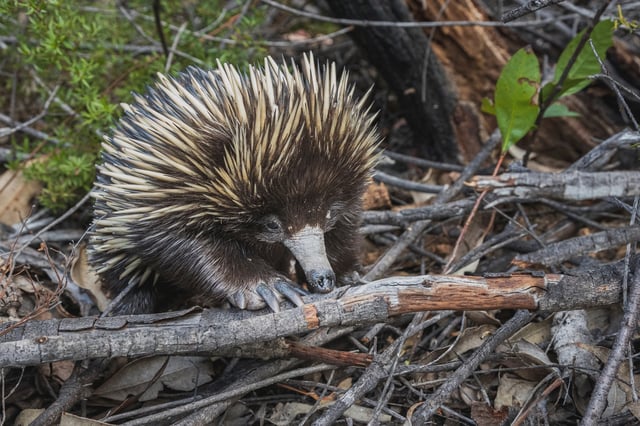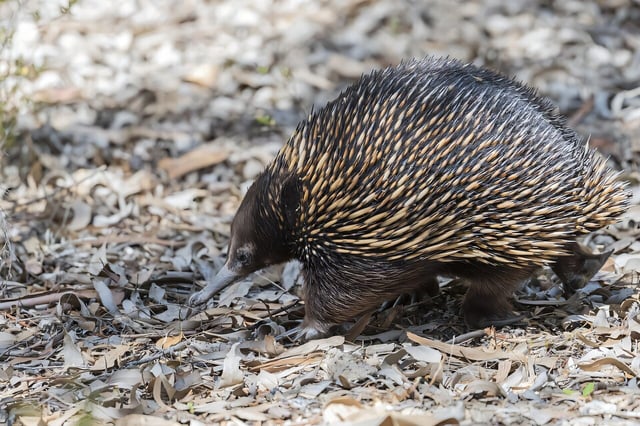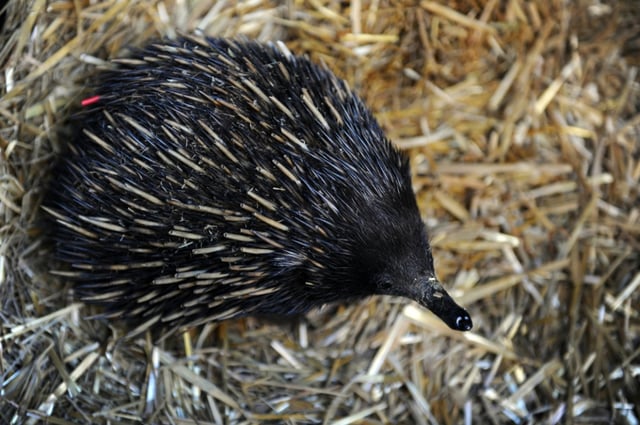Overview
- Researchers reanalyzed the humerus of Kryoryctes cadburyi, a stem-monotreme from the Cretaceous period, using advanced imaging techniques.
- The bone's dense microstructure aligns with semiaquatic mammals, supporting the hypothesis of a water-dwelling common ancestor for echidnas and platypuses.
- Echidnas' evolutionary return to land is an extremely rare reversal among mammals, marked by adaptations like lighter bones and burrowing traits.
- Modern echidnas retain vestigial aquatic traits, including backward-facing hind feet, electroreceptors, and a diving reflex, hinting at their semiaquatic past.
- Future research will include non-destructive synchrotron imaging of the fossil and exploration of Lightning Ridge to uncover additional monotreme remains.



